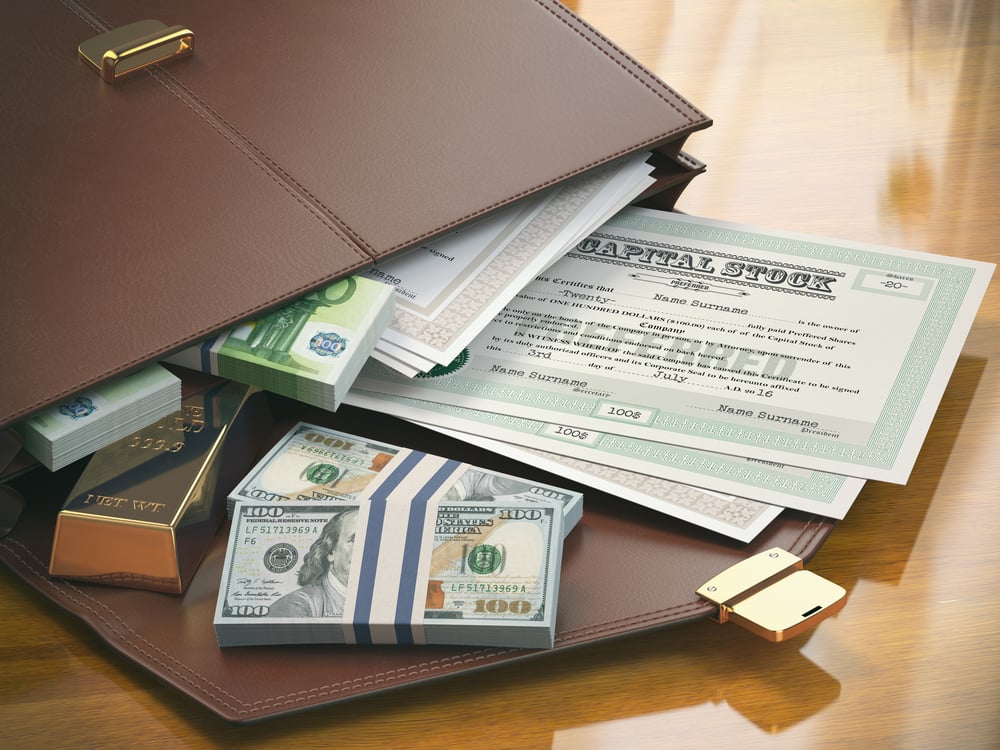
The United States has gone to war with stranger enemies. First we took on poverty way back in the Johnson era. Needless to say, that war has not gone so well. Then it was the war on drugs, which has seen predictably minimal results. Then the war on terror, which prompted some to wonder how you wage war against a tactic, exactly. The war on coronavirus, however, at least has a living—if not exactly sapient—enemy. New reports suggest that fighting the war on coronavirus might well call for a tactic familiar to those who remember World War II: the war bond.
Pass the Ammunition
The whole concept began when Jim Cramer of CNBC “Mad Money” fame pitched the notion to Larry Kudlow, current chair of the White House National Economic Council. Taken with the idea, Kudlow promised Cramer that the idea would be passed on direct to President Trump himself.
The idea posed features a $1 trillion “war bond,” with a 30-year issuance and a 2% yield. The breakeven rate would run about 22 years. The principal value would fluctuate quite a bit, but the bond would likely be viewed as extremely low-risk, a point not to trifle within economic times that might most charitably be described as “uncertain.” Despite a ballooning deficit, the United States is still a powerhouse in the credit market. At the last report, the US still holds a triple-A credit rating.
In fact, there's even a possible address for the volatility inherent in such a bond; the Federal Reserve may take a hand in providing assistance to shore up the principal value on the bonds.
Your Victory Garden (of Savings) Counts More Than Ever
Some might question the prudence of purchasing such bonds from the United States, who has already just shelled out $6 trillion in fighting the coronavirus and might do so again. In fact, deficits are already projected to hit somewhere between 7% and 10% of the country's entire gross domestic product (GDP) in just two years.
However, the US' debt-to-GDP ratio will still be below that of most other developed nations, including Italy, Japan, and even China. This makes American debt especially attractive, since it's perhaps the most likely to eventually end up repaid.
There would be some risk in such a strategy, though; the Fed can never guarantee that a bond that runs 30 years will hold its yield level forever. It can, however, engage in some intervening measures, like capping a yield curve at levels appropriate for conditions. That reduces, though doesn't eliminate, the risk involved in such a long-term security. It might also be sufficient to draw in interest in such a long-term issue, and right now, investment is vital to helping to get the whole economy back on track.
We Can Do It!
There is one point particularly in favor of issuing such a long-term security: the United States is still the most powerful economy on the planet. While some points of this could be debated, especially as China marshals the power of its sheer dimensions, on many levels the US is still the economy that helps drive the planet. Helping it get back on its feet following the coronavirus disaster that hit pretty much every country on Earth might well help lift all boats as well.
Taking advantage of the United States' creditworthiness certainly couldn't hurt, and it's the kind of investment that might pay off going forward. Getting the American economy restarted—and the sooner the better—is a priority we've heard going all the way up to President Trump. The Fed, the Treasury, the whole United States government has already taken unusual and wildly innovative measures to help get things back up and running, so a few more unique rabbits pulled out of its collective hat are reasonable follow-ups at this point.
We've already seen three years of incredible stock market gains—gains that might have been capitalized on even further if a pandemic didn't sucker-punch the economy—and the notion that we could get back to those levels once we sweat out this bug isn't out of line.
After all, to quote another piece of World War II-era pop culture, we did it before, and we can do it again.
Before you make your next trade, you'll want to hear this.
MarketBeat keeps track of Wall Street's top-rated and best performing research analysts and the stocks they recommend to their clients on a daily basis.
Our team has identified the five stocks that top analysts are quietly whispering to their clients to buy now before the broader market catches on... and none of the big name stocks were on the list.
They believe these five stocks are the five best companies for investors to buy now...
See The Five Stocks Here
Market downturns give many investors pause, and for good reason. Wondering how to offset this risk? Enter your email address to learn more about using beta to protect your portfolio.
Get This Free Report
Like this article? Share it with a colleague.
Link copied to clipboard.